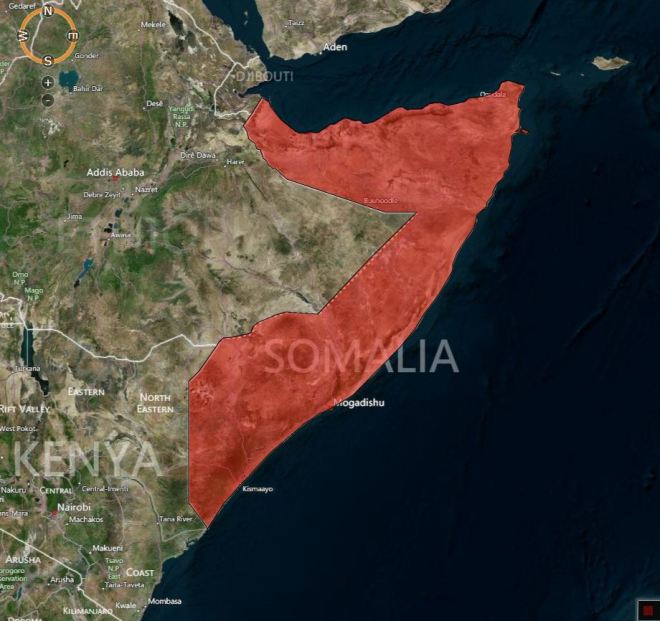Malaria prevalence rates have dropped significantly in Somalia, UNICEF says

The malaria prevalence in Somalia has dropped dramatically since 2009 when more than a quarter of Somalis were infected to fewer than two percent of the population in 2014, UNICEF has said.
In 2015 more than 20,000 of confirmed malaria cases were treated with anti malaria drugs. In locations prone to epidemics 22 villages in Somaliland, 3062 households in the South and Central areas and 4658 households in Puntland have been sprayed with insecticides and populations given information about protecting themselves from mosquito bites.
UNICEF Somalia’s head of Health, Dr Anirban Chatterjee, said the prevalence of the disease in the country has been reducing since 2009.
“We would like to remind everyone of the need to keep up the fight against malaria even though it has been decreasing,” said Dr Anirban Chatterjee, UNICEF Somalia’s Chief of Health. “We advise all Somalis particularly pregnant women and children under-fives to always sleep under bed nets and to seek treatment as soon as they have any symptoms.”
In a statement to mark the International Day on Malaria, UNICEF said that will increase coverage of malaria prevention and case treatment intervention in order to reach less than 1% of prevalence in central and Southern areas and near zero prevalence in northern parts of the country. This will be achieved with WHO and local partners under the leadership of the Ministries of Health and together with other UNICEF programmes.
Somalia has an estimated 10 million people based on the Population Estimate Survey released by the government last year.